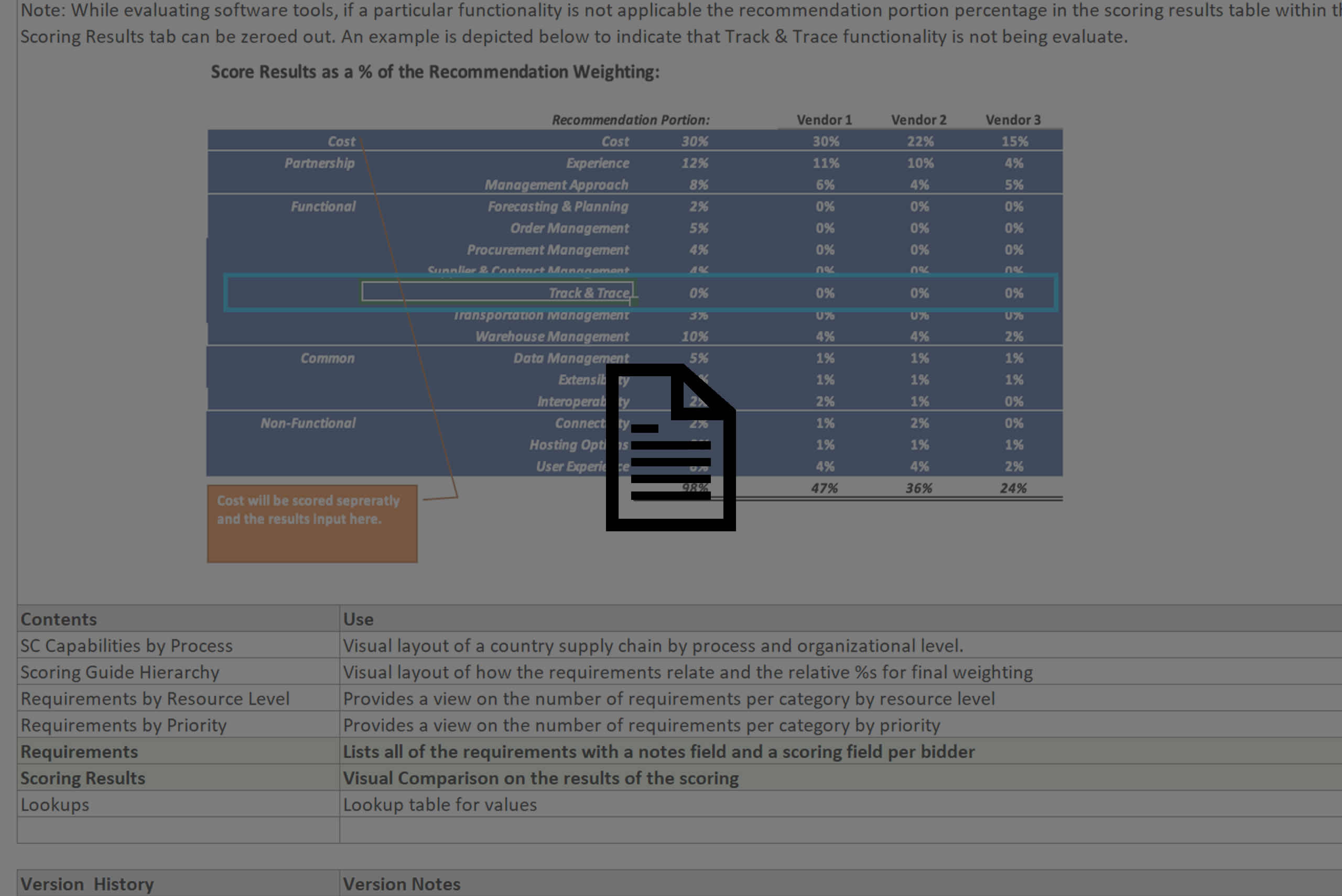Drones in health supply chains: feasible & ready?
A new USAID guide shares experiences of multiple scoping trips
Residents watch a drone during a demonstration for residents in Thipa vllage, Kasungu District, Malawi
Photo Credit: UNICEF/UN070534/Brown
A new guide developed by the United States Agency for International Development (USAID) has been developed to share the knowledge gained from numerous scoping visits conducted during the exploration and planning phases of the 2019-2020 Malawi drone activity.
Reflecting on public health supply chains in limited resource settings, the guide serves as a helpful starting point for integrating drones into specific contexts and use cases.
According to Ashley Greve, Supply Chain Advisor with USAID’s Bureau of Global Health and author of the guide, “Sharing information and lessons learned is so important if drones are to become a major tool in last mile delivery, and in health supply chains more broadly.”
She added, “Above all we’ve produced this guide to advise those wishing to plan a successful scoping trip at the outset of any cargo drone activity.”
Drones: on an upward trajectory
Unmanned aerial vehicles, or drones, have garnered an increasing amount of interest and investment within the international development and humanitarian spaces. Common applications in these contexts include mapping and imaging, post-disaster relief and search and rescue. Some countries in Africa have been leading the way to integrate drones as a part of health supply chains and this area of work is rapidly evolving. Issues related to cost, the sustainability of business models, the regulatory environment and local capacity, though, all hinder wide-spread drone adoption.
Even so, both public and private sector actors are increasingly willing to invest large sums of money in deploying cargo drones within existing health supply chains. Not only can drones leapfrog challenging terrain and logistical obstacles, but they also enable new forms of delivery, which were not possible previously, leading to benefits that include saving lives and increasing access to health commodities and services.
Scott Dubin, Private Sector Engagement Specialist at the Global Fund’s Supply Chain Department and co-author of the new guide said, “Drones are such a useful tool for health supply chains: if we can increase the effectiveness of drone deliveries and boost investments in last mile drone projects, many more people in low- and middle-income countries will be able to access the medical commodities they require.”
As drone projects for health delivery grow in number, duration and maturity, documenting and sharing implementation processes and guidance is going to be critical to increasing the number of successful drone projects and maximising impact for beneficiaries.
About ISG UAS
The ISG UAS coordinating body, formed in 2018, convenes 13 international organisations and donors in the health supply chain space to align on and coordinate investments for drone payload delivery in low- and middle-income countries.
Through our coordination, we aim to better understand the potential for UAS to strengthen global health systems, where to focus our investments in the near and long term, and how to better leverage the work of each organisation. Ultimately, we aim to expand our knowledge base and ensure that our investments are cost-effective, sustainable and impactful.
Download the guide here.
For more information contact the authors:
Ashley Greve agreve@usaid.gov
Scott Dubin Scott.Dubin@theglobalfund.org


